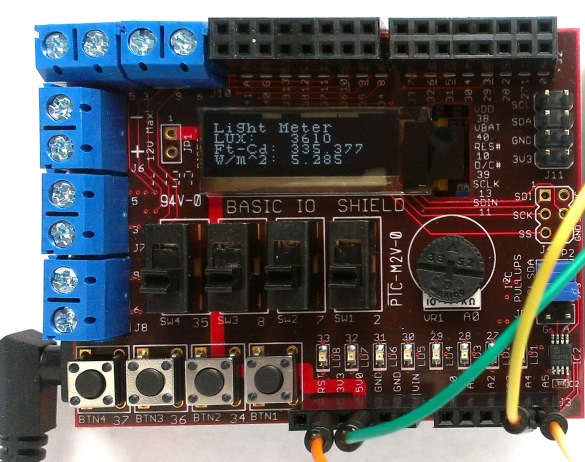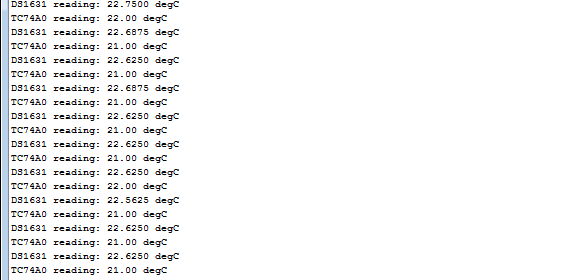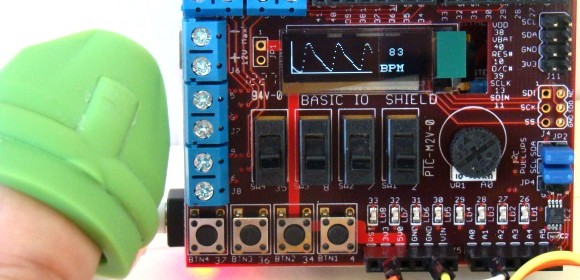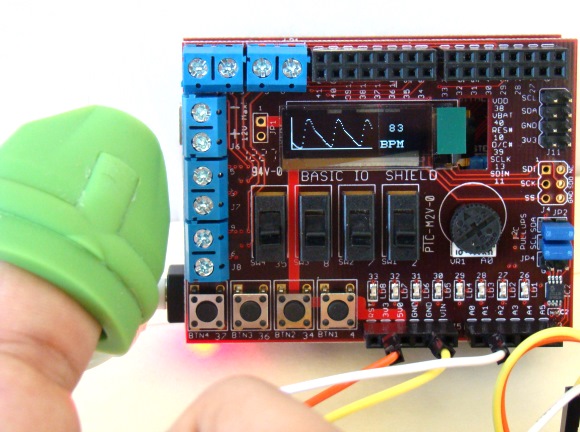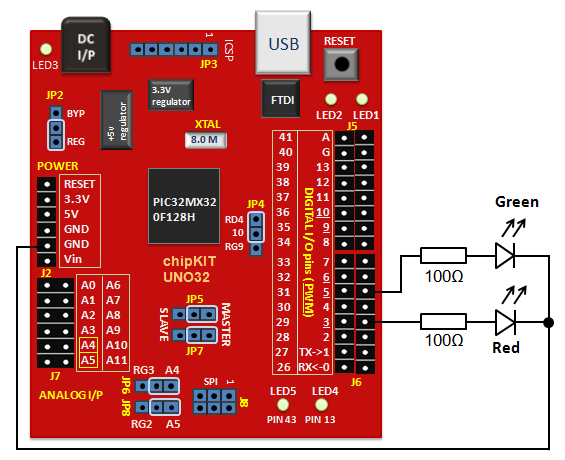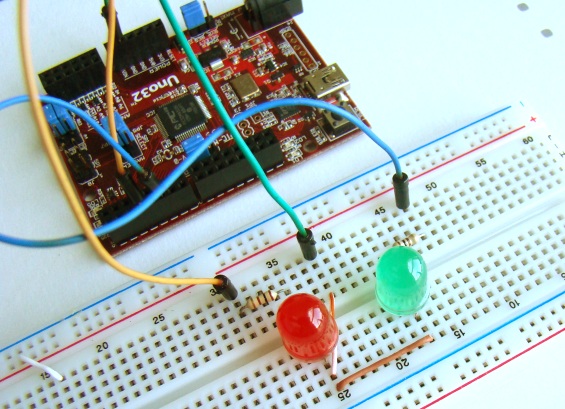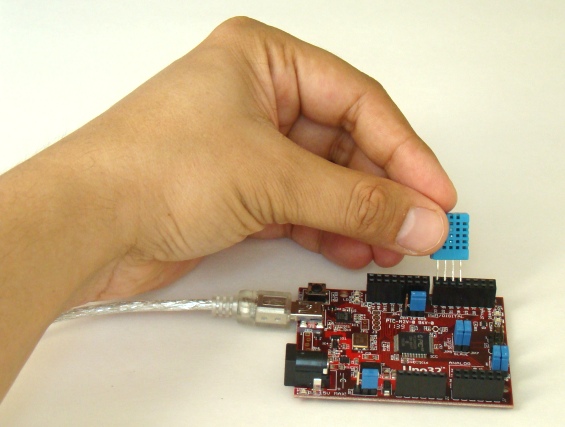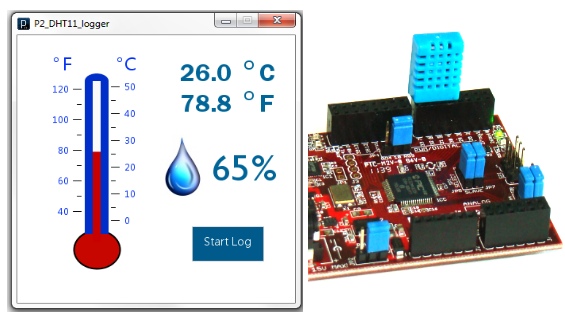chipKIT Project 4: Digital light meter
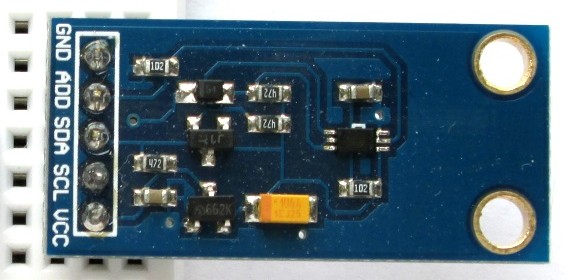
A light meter is used to measure the intensity of illumination in a given area. It is widely used in schools, warehouses, factories, hospitals, office buildings, museums, art-galleries, parking garages, stadiums, and many more, to measure and maintain proper lighting levels. The intensity of illumination is usually expressed in Lux or foot-candles. As the 4th project in our chipKIT tutorial series, today we are going to build a digital light meter using the chipKIT Uno32 board and the BH1750 digital light sensor. This project uses Digilent’s chipKIT Basic I/O shield for displaying the measured light intensity in Lux, foot-candles, and Watts/m^2 units.
